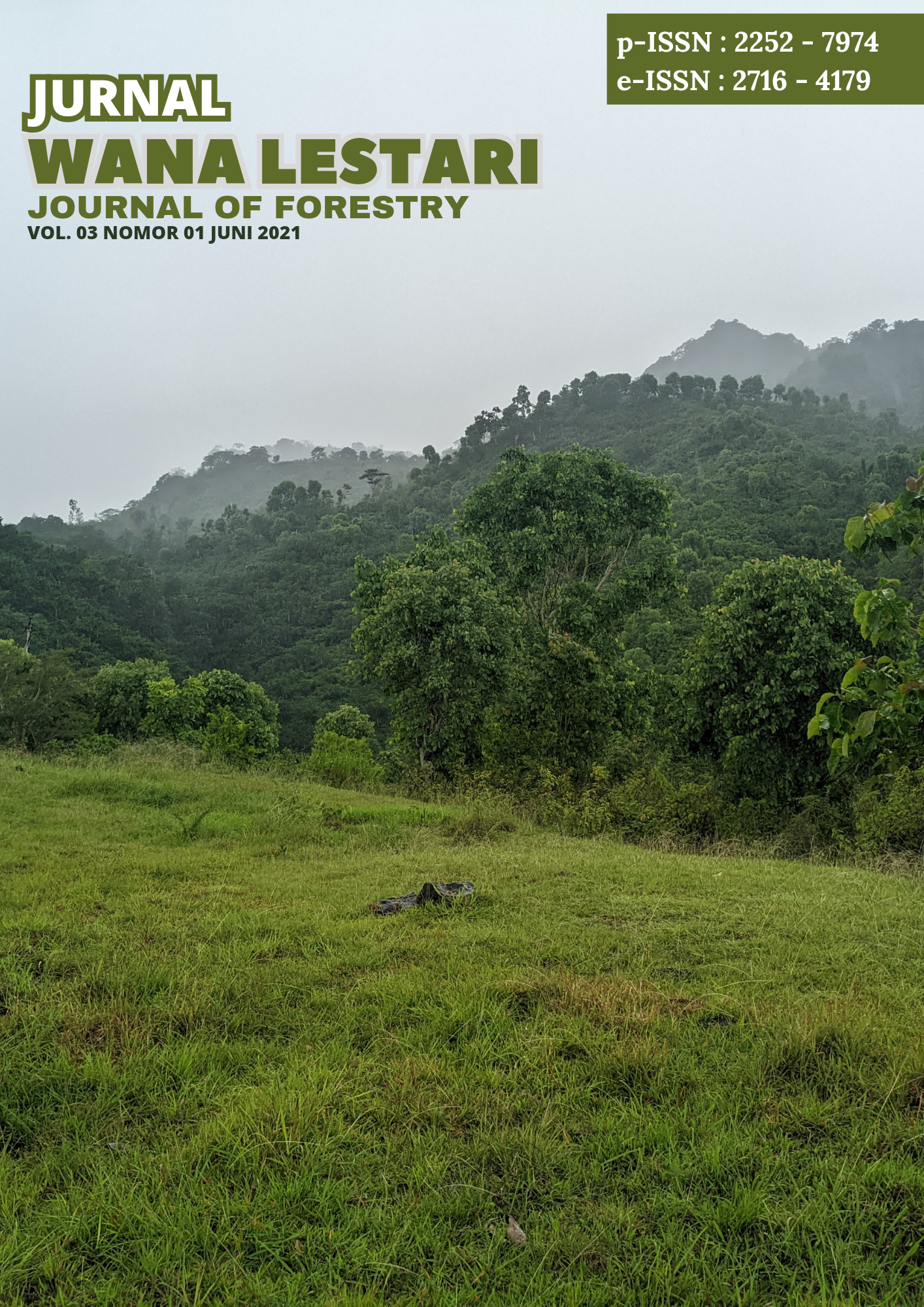KONTRIBUSI AGROFORESTRI TERHADAP PENDAPATAN MASYARAKAT SEKITAR HUTAN BU’AT DI KELURAHAN KARANGSIRI KECAMATAN KOTA SOE KABUPATEN TIMOR TENGAH SELATAN
Abstrak
Agroforestry is one of the effective means of equity and stages of overcoming poverty in forest communities, which can increase income and food production. East Nusa Tenggara (NTT) with its natural characteristics and socio-economic conditions is one of the areas in Indonesia that needs more attention, in strengthening community resilience in facing climate change. This study aims to determine the types of agroforestry plants cultivated by farmers and how much they contribute. agroforestry on farmers' income in Karangsiri Village. This research was conducted in February-March 2019. The method used in this study was purposive sampling with the consideration that the respondents studied were people who planted their land with agroforestry plants. The results of this study indicate that the Karangsiri Village Community uses a simple agroforestry system, in this system the community plants a mixed garden cropping pattern that combines seasonal crops such as corn, banana, papaya, chili and forestry plants such as mahogany, teak, coconut. The types of trees planted can have high economic value, for example, coconut, teak, mahogany. Meanwhile, non-timber plants with high economic value are maize, banana and papaya, chili. Economic aspects are the main reason for farmers in choosing types of plants. Agroforestry's contribution to household income is 31.31%, so it can be concluded that the community around the forest can meet their household needs from the results of agroforestry.

 Nina A. I. Liwu(1)
Nina A. I. Liwu(1)







